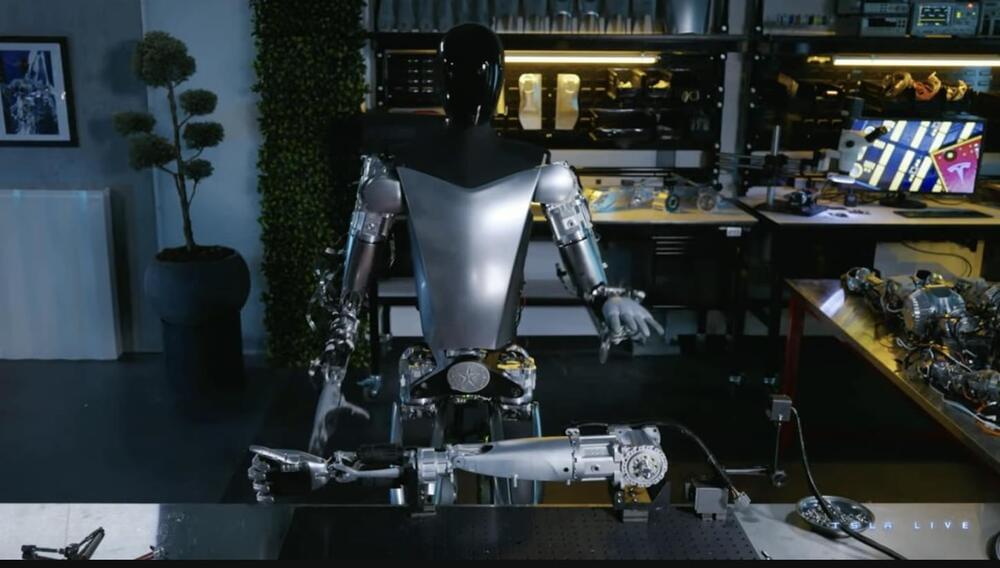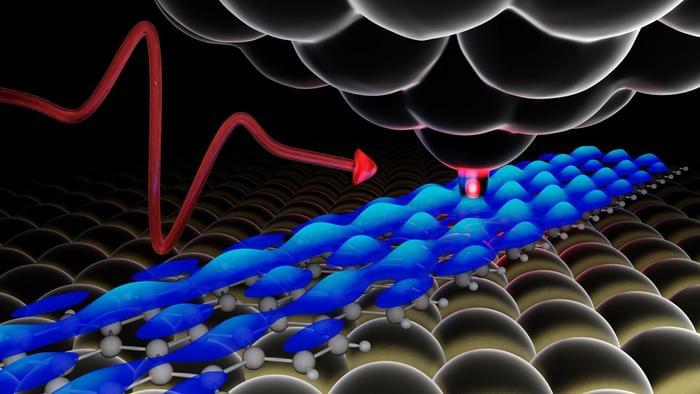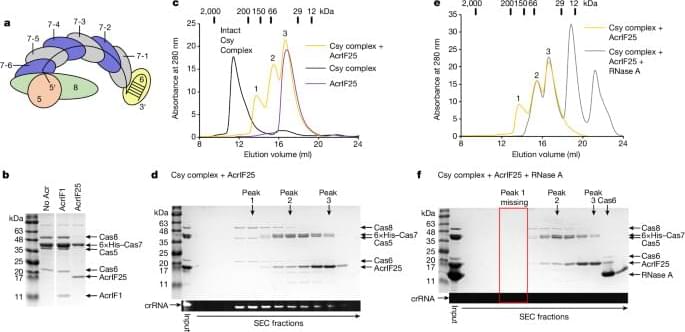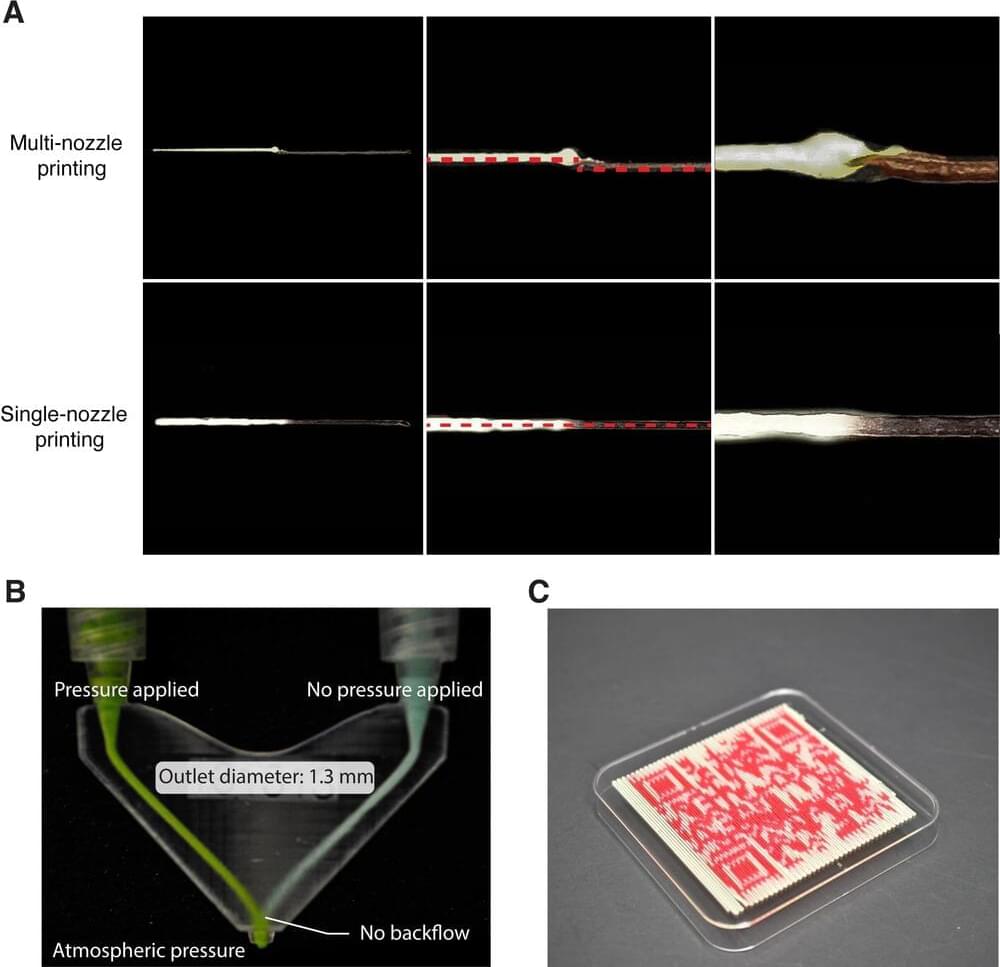Tesla is set to bring the Optimus and Cybertruck to China for the World Artificial Intelligence Conference in China this week.




A new microscopy method has allowed researchers to detect tiny changes in the atomic-level architecture of crystalline materials like advanced steels for ship hulls and custom silicon for electronics. It could advance our ability to understand the fundamental origins of materials properties and behaviour.
In a paper published today in Nature Materials, researchers from the University of Sydney’s School of Aerospace, Mechanical and Mechatronic Engineering introduced a new way to decode the atomic relationships within materials.
The breakthrough could assist in the development of stronger and lighter alloys for the aerospace industry, new generation semiconductors for electronics, and improved magnets for electric motors. It could also enable the creation of sustainable, efficient and cost-effective products.

One of the challenges of cramming smarter and more powerful electronics into ever-shrinking devices is developing the tools and techniques to analyze the materials that make them up with increasingly intimate precision.
Physicists at Michigan State University have taken a long-awaited step on that front with an approach that combines high-resolution microscopy with ultrafast lasers.
The technique, described in the journal Nature Photonics (“Atomic-scale terahertz time-domain spectroscopy”), enables researchers to spot misfit atoms in semiconductors with unparalleled precision. Semiconductor physics labels these atoms as “defects,” which sounds negative, but they’re usually added to materials on purpose and are critically important to the performance of semiconductors in today’s — and tomorrow’s — devices.


Renewable generation should be around 50 per cent of supply on Australia’s main grid by July, 2026, although it might be a bit less depending on progress on the second stage of Golden Plains, which will be the country’s biggest wind farm – at least for a time – when complete.
To get to 80 per cent by 2030 will partly depend on what happens to demand. If demand is flat, then capacity capable of supplying around 67 terawatt hours (TWh) a year will be needed. After allowing for rooftop solar, I reckon that equates to about 25 gigawatts of new capacity, maybe a bit more.
That’s a heck of an ask, but in my opinion still possible and broadly in line with the objectives and scale of the Capacity Investment Scheme (CIS). I’ll have more to say on the role of the CIS once I get round to talking about ITK’s price forecasts, but that can wait. We’re talking capacity and output in this not.


Like a scene from the movies, a team of researchers from Singapore University of Technology and Design (SUTD) has developed new ways to freely produce and customize the food that we eat.
Their findings have been published in the journal Future Foods as “Multi-material direct ink writing 3D food printing using multi-channel nozzle.”
Three-dimensional (3D) printing using food ingredients is currently the favored approach to shaping foods with unique structures, textures, and nutritional compositions.
The next-gen aerospace company Electra has achieved a remarkable milestone with its hybrid-electric test aircraft, which took off in under 170 feet on its first test flight — around 10% of the typical length of conventional airplane runways.
In a company news release, Electra said that test flights of its hybrid-electric short takeoff and landing (eSTOL) aircraft, the EL-2 Goldfinch, took place earlier this year at several Virginia airports. Although the vehicle is designed to take off and land on airstrips about the size of a soccer field (300 feet by 100 feet), as New Atlas described, it needed “almost no runway” to take flight.

👉 Researchers at Tencent AI Lab Seattle have developed a way to use synthetic personalities to generate billions of data sets for training AI models.
Researchers at the Tencent AI Lab in Seattle have introduced a new method for generating synthetic data: synthetic personalities.
Ad.
The Tencent AI Lab calls them “personas” and creates substitutes for real people to generate billions of synthetic datasets for developing AI systems.